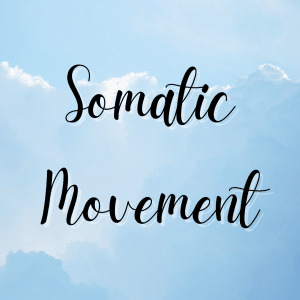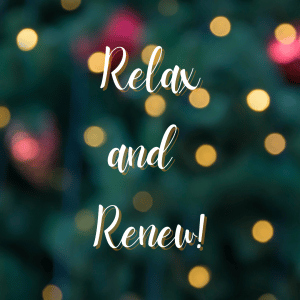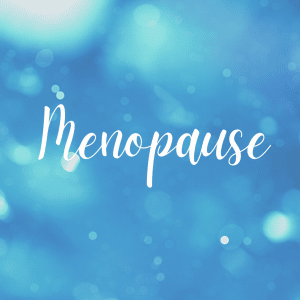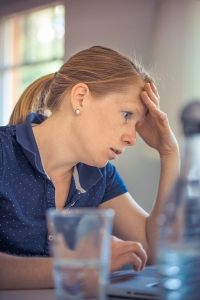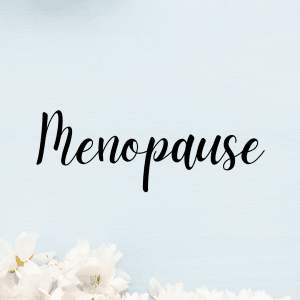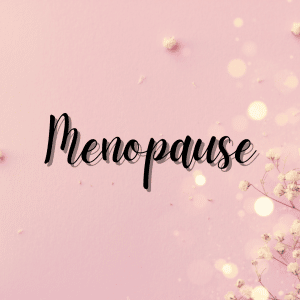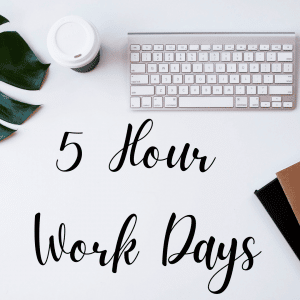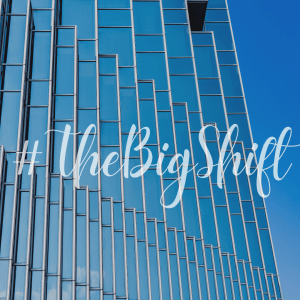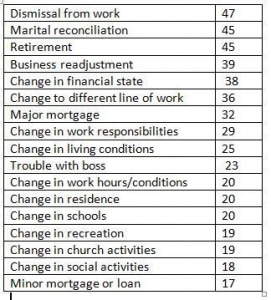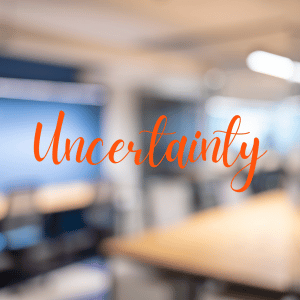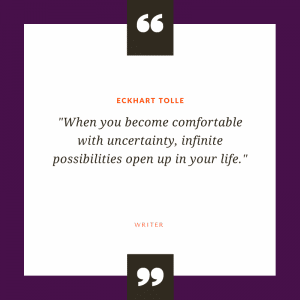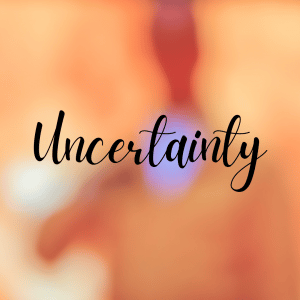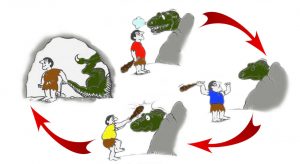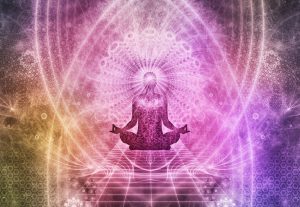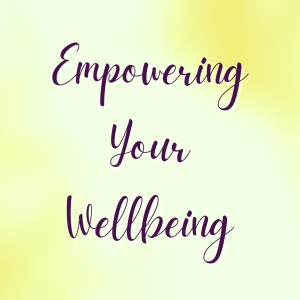 In the quest for a fulfilling and stress-free life, there’s one crucial factor that often goes overlooked. As a well-being and stress coach, I’ve witnessed time and time again the profound impact of shifting from a fixed mindset to a growth mindset. In this blog, I’ll guide you through the importance of this transformation and provide you with actionable steps to make this empowering shift.
In the quest for a fulfilling and stress-free life, there’s one crucial factor that often goes overlooked. As a well-being and stress coach, I’ve witnessed time and time again the profound impact of shifting from a fixed mindset to a growth mindset. In this blog, I’ll guide you through the importance of this transformation and provide you with actionable steps to make this empowering shift.
I have just started reading Ellen Langer: The Mindful Body: Thinking Our Way to Lasting Health. She is a mindset genius. It reminded me though, of just how much my mindset has changed in the last 12 years. I was a great one for catastrophising. After being off with burnout in 2011, I had a lack of self-confidence and was constantly worried about what other people thought. thus started a journey to health and well-being. One of the greatest tools I learned how to use – yes, you guessed it, a growth mindset.
Understanding Mindset
Before we dive into the transformation process, let’s clarify the two mindsets at the heart of this discussion: fixed and growth mindsets.
Fixed Mindset
This mindset is characterised by the belief that your abilities, intelligence, and talents are fixed traits. People with a fixed mindset tend to avoid challenges, shy away from effort, and are discouraged by setbacks. They may fear failure and often view it as a reflection of their inherent capabilities.
Growth Mindset
In contrast, a growth mindset is all about seeing your abilities as qualities that can be developed and improved through effort, learning, and perseverance. Those with a growth mindset embrace challenges, enjoy putting in the effort, and view setbacks as opportunities for growth.
The Importance of Shifting
Why does making the shift from a fixed mindset to a growth mindset matter so much, especially in the context of well-being and stress reduction?
Resilience in the Face of Challenges
When you adopt a growth mindset, you’re more likely to see challenges as opportunities rather than obstacles. This resilience is a vital asset in reducing stress and improving your overall wellbeing.
Continuous Self-Improvement
A growth mindset fosters a desire for self-improvement and lifelong learning. By continuously evolving and developing your skills, you increase your sense of purpose and fulfilment.
Reduced Fear of Failure
Fear of failure is a significant stressor for many. A growth mindset helps you embrace failures as learning experiences, reducing the fear associated with making mistakes.
Enhanced Problem-Solving
Shifting to a growth mindset enhances your problem-solving abilities. You become more adaptable and creative in finding solutions to life’s challenges.
Making the Shift: Practical Steps
Now that we’ve established the importance of shifting, let’s explore some practical steps to help you make this transformation:
- Self-Awareness: Begin by recognizing your current mindset. Reflect on your beliefs and attitudes towards your abilities and potential. Self-awareness is the first step in any transformative journey.
- Embrace Challenges: Challenge yourself in areas where you may have held a fixed mindset. This could be in your career, hobbies, or personal life. Take on tasks that push your boundaries and force you out of your comfort zone.
- Cultivate a Learning Attitude: View every experience as an opportunity to learn and grow. Whether it’s a success or a failure, focus on the lessons you can extract from it.
- Replace Negative Self-Talk: Be mindful of the way you talk to yourself. Replace negative self-talk with affirmations that promote growth, such as “I can learn from this” or “I’m capable of improvement.”
- Seek Support: Consider seeking the guidance of a coach, who can help you navigate this shift. They can provide valuable insights and support to accelerate your progress.
- Practice Patience: Remember that changing your mindset is a process, not an overnight transformation. Be patient with yourself and celebrate your progress along the way.
Conclusion
In the realm of well-being and stress reduction, the journey from a fixed to a growth mindset is nothing short of a game-changer. By choosing growth, you empower yourself to embrace challenges, reduce the fear of failure, and continuously improve. Your newfound resilience and adaptability will not only benefit your overall well-being but also lead to a more fulfilling and satisfying life. Start your transformation today, and watch as your stress levels decrease and your sense of empowerment soars.
A growth mindset has helped me rebuild my shattered self-image and regrown my confidence. I continue with growth and learning today. It is a never-ending journey. I am always looking at challenging my views and looking at what I can change for the better.
One of the key tools in my arsenal is journaling. We’ll talk more about that next time.

